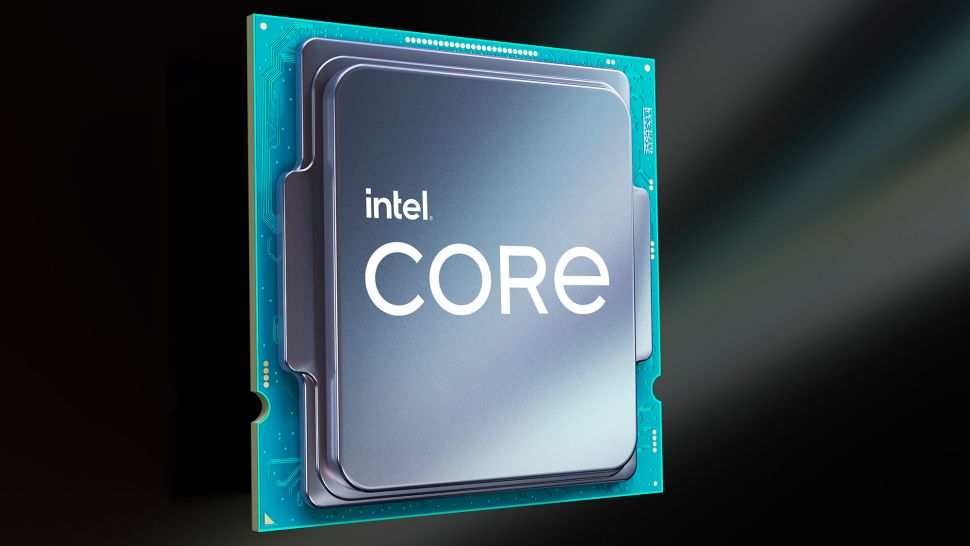Underwhelming graphics horsepower, at least for now
All of Intel’s Tiger Lake CPUs may not be out yet, but Intel apparently has pre-release mobile Alder Lake CPUs already in the wild. A 14 core mobile Alder Lake chip was spotted in Geekbench 5 flexing its iGP in the OpenCL benchmark.
If you’re unfamiliar with Alder Lake, the architecture will be Intel’s successor to the upcoming 11th Gen Rocket Lake and Tiger Lake (desktop/mobile) architectures. What makes Alder Lake so interesting is its radical new design in implementing a hybrid core architecture involving smaller “power-saver” cores and larger performance cores. The strategy is similar to ARMs big.LITTLE architecture found in Apple, Samsung, and Qualcomm ARM-based processors, which also utilize performance cores and power-saver cores.
This is why Geekbench 5 shows the Alder Lake chip as having an unusual 14 core/20 thread configuration. We believe the power-saver cores lack hyperthreading, so that would indicate the Alder Lake chip has a standard hexa-core design for the performance cores, then eight additional power saver cores.
Unfortunately, we don’t get a clue as to how the cores will behave in Geekbench, but we do get an idea of how its Intel Xe IGP may perform. The chip’s Xe graphics scored 13438 points in Geebench 5’s OpenCL test. For comparison, that’s around GTX 660 Ti performance, or for a more modern comparison, comparable to AMD’s Vega 11 graphics found in processors like the 3400G.
The score is pretty underwhelming, as current Xe integrated graphics chips are capable of overpowering AMD’s Vega iGPs quite easily. But this is a prototype, so things are bound to change. Plus, Geekbench 5 isn’t exactly a great benchmark for real-world performance.
Either way, it’s cool to see a mobile Alder Lake chip in action. This architecture is a radical change from anything Intel has produced over the past decade. It’ll be very interesting to see how much power-saver cores will benefit traditional desktops and laptops in the near future.
